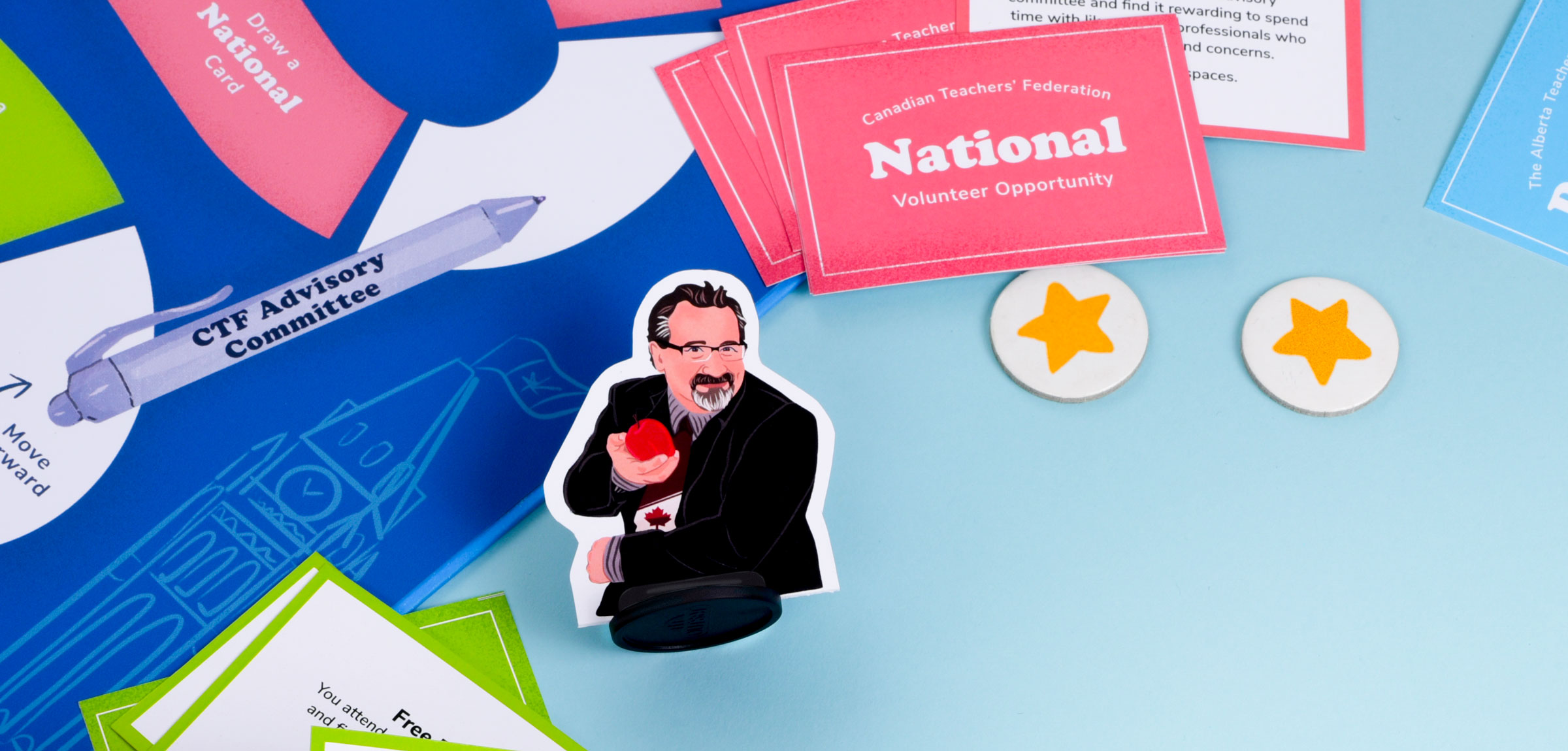While the ATA presidency is a full-time, paid position, a common path to it is a long history of volunteering in various ATA roles. Such was the case for Mark Ramsankar, who served as ATA president from 2013 to 2017. Now mostly retired, Ramsankar shared his thoughts on how he got started as an ATA volunteer and where it led him.
What was your first ATA volunteer role and how did it come about?
Believe it or not, my first volunteer role was in the mail room in my school. I collected the mail from the Association and stuffed the mailboxes for staff. I was in the second year of my career and the keynote speaker at a PD session talked about the tenets of being a professional. I realized then that I was not actively involved with my profession; hence, I volunteered to stuff mailboxes. I was asked by one of our colleagues who rotated in as one of our school representatives if I would also like to go to a monthly local meeting of school representatives. I was told this was where the action of the local happens.
I remember being struck by the poise and knowledge shared by the members at the front of the room, the issues presented and the comradery of the other school representatives. I liked the myriad topics and the way they were debated. I remember listening to conversations at the end of the meeting while other school representatives socialized. It was a side of education I had not experienced since the start of my very young career, and I wanted more of it. I went back to school the next day and promptly volunteered to attend the local school representatives, meetings for the rest of the school year.
What volunteer roles did you hold over the course of your career?
My experience includes the following: participating in Greater Edmonton Teachers' Convention Association (GETCA) conference finance, program and communication subcommittees; local PD, Finance and Negotiating committees; volunteering at strike headquarters during the big strike; Division 2, 3 and 4 representative; local vice-president and president; many local and district joint committees; chair, local ARA Committee; all local standing committees; vice-president, president and past president, ATA; vice-president, CTF.
What did you find rewarding about being an ATA volunteer?
Through my various roles within the Association, I always felt like I was more in touch with our profession. Being able to support colleagues and serve others was and still is important to me. I also felt more professional being actively involved in the ATA.
I always have loved teaching. Over the course of my career; however, my classroom became more complex. The pressure to teach more with less and the expectations placed on teachers continued to grow — full inclusion, class sizes and complexity, administrative tracking and chronic underfunding are only a few examples. Getting involved with the Association through volunteering in different capacities was a way to get directly into the fight. I wanted to fight for my colleagues’ rights, our students, learning conditions and my profession. Volunteering afforded me this opportunity. Working alongside so many like-minded teachers always filled me with a sense of pride.
There were so many challenges, yet so many of us continued to show up. Some of the toughest times we faced represent some of the most fulfilling moments in my teaching career.
I wanted to fight for my colleagues’ rights, our students, learning conditions and my profession."
How did your volunteer experience inform your work as ATA president?
Volunteering in so many capacities in the Association gave me a solid understanding of how the Association functioned and, more importantly, who was making it work. Being directly involved with problem solving at the committee level allowed me to prioritize issues as they arose. Dealing with the broad picture provincially made it difficult at times to organize challenges when they arrived at the same time. Knowing where to direct energy and who to ask for advice to resolve these challenges, however, came from the experience of being in the trenches and doing the work side by side with other volunteers. This in turn allowed me to confidently make decisions impacting teachers.
The variety of experiences I had granted me a greater understanding of the pressure committee members were under and when their peak times would be. This, I believe, gave me a sense of empathy for the teachers I represented and served. When discussing issues pertinent to our members, I could focus on what was and not rely only on reports to guide some of my decision making.
What have you been up to since leaving the ATA presidency?
When I left the ATA presidency I went on to the position of president of the Canadian Teachers’ Federation. I did not remain as past-president with the Federation when I completed my term as president as I opted to return to Alberta and finish my career in education in an Alberta school. It was, interestingly enough, the first school I taught in when I first came into the profession back in 1986.
I retired from active teaching in the K–12 system five years ago. I remain active by substitute teaching and teaching sessional classes at Concordia University of Edmonton in the faculty of education.
How does your experience as an ATA volunteer and president inform what you do now?
My experiences as an ATA volunteer and the experience of leading the ATA taught me my three Cs, which continue to guide me when I am faced with challenges.
First, be confident in everything you do. Make informed decisions and own the consequences of those decisions.
Second, communicate clearly. Say what you mean and confirm the context in which you are speaking. It makes working toward resolution easier if the people we work with understand the issues at hand and we are all on the same page.
Finally, be creative in your approach to resolving issues. Look for solutions in the uncharted deep waters, not by just wading around in the shallows.



